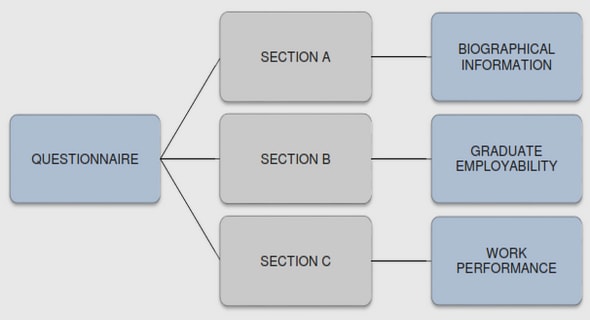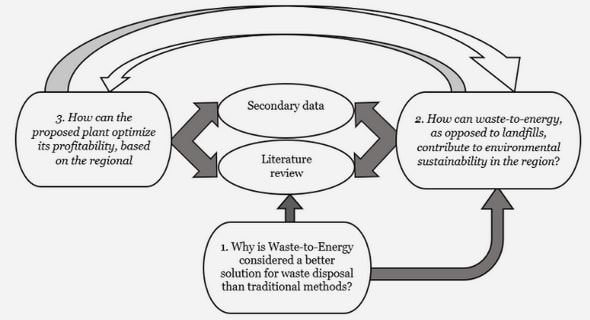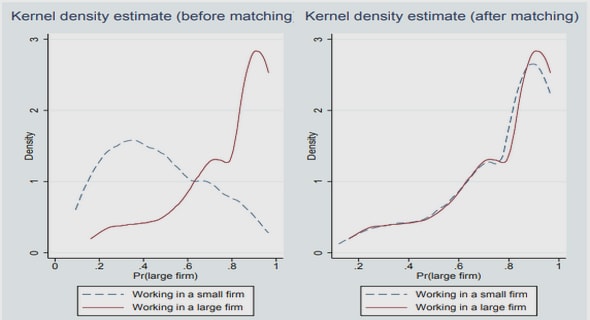Get Complete Project Material File(s) Now! »
The ephemeris TASS
TASS (Vienne.A et al. 1995 [6]) was published in 1991 as ”Theorie Ana- lytique des Satellites de Saturne” (TASS), presenting positions, velocities and elements of the satellites Mimas, Enceladus, Tethys, Dione, Rhea, Ti- tan, Hyperion and Iapetus. It was designed in form of series expansions of the potential perturbations, including 62 coefficients such as masses and oblateness, initial conditions.
In TASS, all the motions are referred to the center of Saturn and to the mean ecliptic and mean equinox for J2000.0 epoch, and the initial point is on the direction of ascending node of the orbital plan and mean ecliptic for J2000.0. TASS uses the variables p, q, z, ζ introduced by Duriez.L ( Duriez.L 1979 [12]) and Laskar.J (Laskar.J 1985 [13]). Those variables represent the discrepancies between the real motion and the uniform circular motion, for which the mean motion N can be observed (called mean mean motion). The theory takes into account the main characteristics of the Saturnian satellites:
• Non-spherical perturbation of Saturn. Major influence of oblateness, including J2, J4 and J6, mainly in the four inner-satellites.
• The mutual perturbations among the satellites amplified by several resonances.
Representation of TASS
The solution presented here is referred as TASS1.6. It does not contain Hyperion which has been developed separately (in TASS1.7). This satellite is not used in this work.
The Tables presented in [6] give the solution of the elliptic elements p, λ, z and ζ of the satellites obtained after a fit over one century of observations. Each solution is presented as a series of periodic terms (in sine for λ, in cosine for p, and complex exponential for z and ζ). In [6] only terms greater than 20 km are given (the complete series grows up to include terms greater than 1 km). The series are given with the long period terms in first place, followed by the short period terms (for example we have z1 = z01+z1 with z01 and z1 for long period and short period terms respectively). The time t is expressed in Julian years from J1980 (t = (Julian date−2444240)/365.25). In most cases, the argument of each term has been identified as an integer combination of fundamental arguments. The notations used for these fundamental arguments are:
• λoi i = 1, 8 the long period part of λi. We have λoi = Ni×t+λ(0) oi +δλi, the linear part is given in the title of the corresponding table.
• ρ1 = λo1 − 2λo3 (resonance Mimas-Tethys).
• ρ2 = λo2 − 2λo4 (resonance Enceladus-Dione).
• φ1, so that φ1 − ρ1 is close to the pericenter of Mimas.
Use of theses ephemerides
In research, it is convenient to download ephemerides from the on line service of IMCCE, or Horizons of JPL. Such ephemerides, based on recent observa- tions, have a very good precision. Meanwhile, the analytical theories, like TASS, also well used in researching work. TASS shows the details of the system motion in the combination of the proper frequencies. No doubt, TASS is useful to study the influences between different satellites in the Saturn system.
We take use of TASS version 1.6 in our calculation, for the positions and velocities of the satellites Mimas, Enceladus, Tethys, Dione, Rhea, Titan and Iapetus referred to the center of Saturn in mean ecliptic and mean equinox for J2000.0 epoch (with the precision in 100km over the recent 100 years). Based on the analytic development of equations, we have seen that TASS shows the details of the system motion in the combination of the proper frequencies. However, TASS also has their shortcoming that in precision, it is not as good as numerical ephemeris directly fitted to observations. We suppose that it is possible to get a similar presentation as TASS with a numerical integration ephemeris: with a series of proper frequencies, as constant parameters to constitute the action-angle variables in the integrable dynamics systems. Based on that, the combinations of proper frequencies, should be considered to describe the perturbation relationship between the different satellites in the Saturn system.
At last, in the manuscript, three ephemeris are continuously compared. In order to reduce some sentences, we give them a short name. They are:
• TASS-t for the template of TASS. It corresponds to TASS concerning the precision, but the representation uses the proper frequencies. Its representation has been obtained with a frequency analysis of TASS version 1.6 over 10, 000 years. See next chapter and the appendix.
• TASS-s for a shorter time span of TASS version 1.6, that is over 1, 000 years only. More precisely, when the value of a parameter is said co- ming from TASS-s, it means that this value comes from computations using TASS over 1, 000 years. TASS-s is mainly used in Chapter 6 in order to test our method.
• JPL. It is available over 1, 000 years. To obtain its representation in the same form as TASS-t is the aim of our work.
Comparison in positions and elements between TASS and JPL ephemerides
In this section, we make the comparison between two ephemerides of Titan in their osculating Keplerian elements and their positions in 1,000 years interval. Additionally, we focus on the time span over 200 years around J2000.0 epoch, during which both ephemerides have their best precision. For JPL, including the observations on Earth base and space, it shows its best precision in several decades around J2000.0 epoch. In TASS, most of the system parameters comes from the observations before 1980s. Then its best precision is in several decades around the 1980.0 epoch.
Comparison in positions
First, we compare the positions of both ephemerides in the three axis x, y, z in Cartesian coordinates. We take the Saturn ring plane as reference plane with the J2000.0 epoch. We make the comparison of the instantaneous distance l (from Saturn to the satellite) between both ephemerides, which is equal to l = q x(t)2 + y(t)2 + z(t)2. Here, some necessary explanations are given for the following figures:
1. The comparison is done over 1,000 years that is the time span from 1600-2600.
2. The horizontal axis is the time given in years. The origin signed as 0, means J2000.0 epoch. For example, −20 on this axis means 1980.
3. The vertical axis is the difference in x, y, z and l between both ephe- merides given in kilometers.
Figure 4.1 shows the difference in x-axis between JPL and TASS ephe- merides in 1,000 years. Figure 4.2 is a partial enlargement of the Figure 4.1. The difference between both ephemerides in x-axis over 1,000 years is about 3,000km, and about 500km in 200 years. In both figures, we can find that between 1980-2000, JPL and TASS ephemerides have their minimal differences.
Table of contents :
1 Introduction and aims
1.1 Context and aims
1.2 Notations
1.3 The manuscript
2 Ephemeris
2.1 The different kinds of ephemerides
2.1.1 Numerical integrations
2.1.2 Analytical theories
2.1.3 Synthetic representations
2.2 Numerical ephemerides
2.2.1 Generalities (Lainey et al. 2014)
2.2.2 Ephemeris from JPL and NOE
2.3 The ephemeris TASS
2.3.1 The theory
2.3.2 Representation of TASS
2.4 Use of theses ephemerides
3 Frequencies and synthetic representation of motion
3.1 Integrable system, quasi-periodics series and proper frequencies
3.2 The D’Alembert rule
3.3 FA: the frequency analysis
4 Context and difficulties of the realization
4.1 Comparison in positions and elements between TASS and JPL ephemerides
4.1.1 Comparison in positions
4.1.2 Comparison in elements
4.2 The main slope in mean longitude : N and λ0
4.3 Comparison in r between TASS and JPL
4.3.1 The periodic part r = λ − Nt − λ0
4.3.2 The comparison
4.4 Correlation of λ0 with the time span
4.4.1 λ0 of TASS
4.4.2 λ0 of JPL
4.5 Conclusion
5 Extension of the frequency analysis by the least squares method
5.1 The least squares method, term by term
5.2 Reference plane and transformation error
5.3 The least squares method for several terms
6 Test of the method with TASS over 1,000 years
6.1 Proper frequencies
6.2 Determination of the short period and semi-long period terms
6.3 Determination of the long period terms
6.4 Conclusion
7 Results for the mean longitude of Titan
7.1 Proper frequencies in the JPL ephemeris
7.2 Determination of the short period and semi-long period terms
7.3 Determination of the long period terms
7.4 Conclusion
8 Digitization and reduction of old astronomical plates of natural satellites
8.1 Background
8.2 Plates
8.3 Digitization
8.3.1 Scanner
8.4 Reduction
8.5 New observed satellite astrometric positions
8.6 Comparison with theory
8.7 Conclution
9 Conclusion
10 Appendix
10.1 Appendix 1


